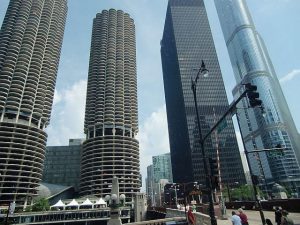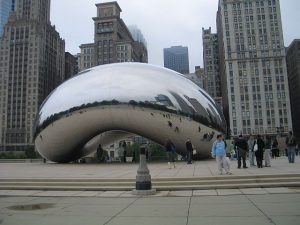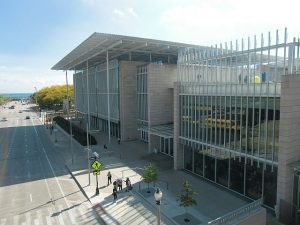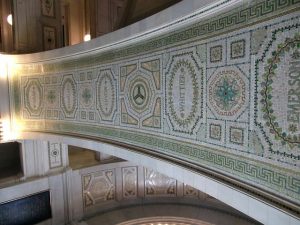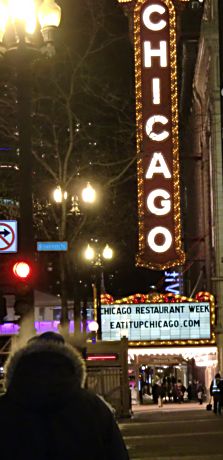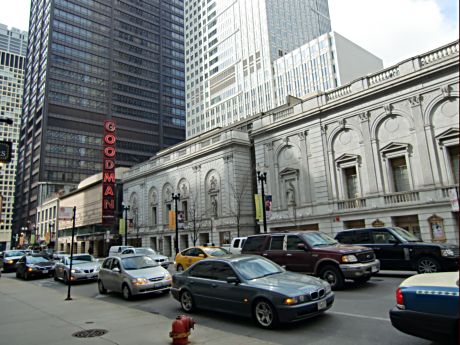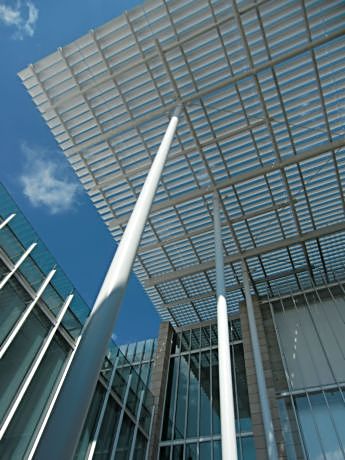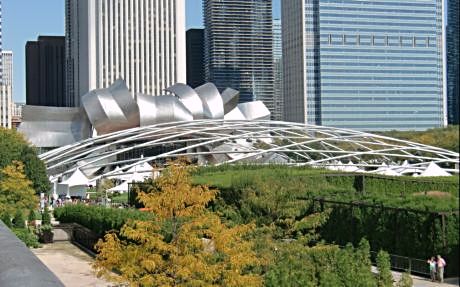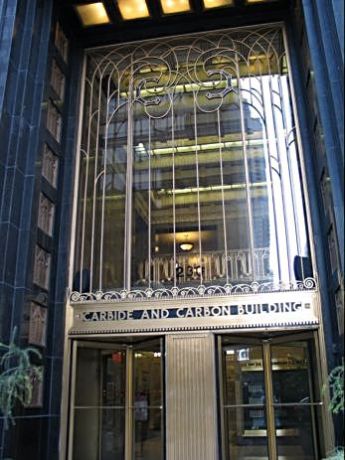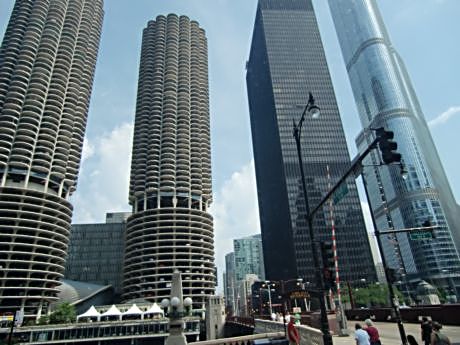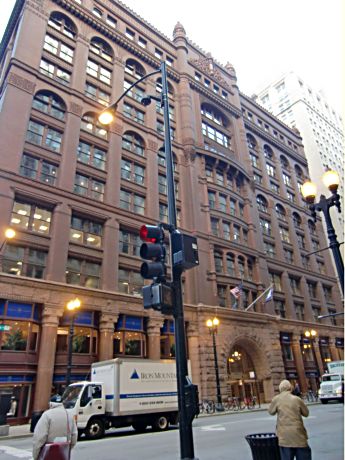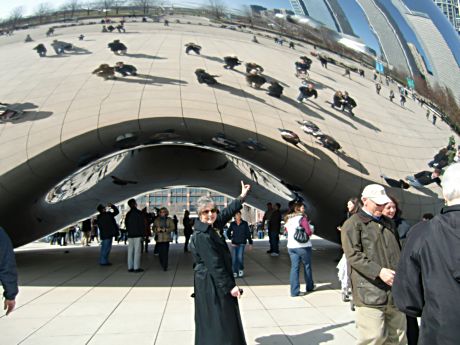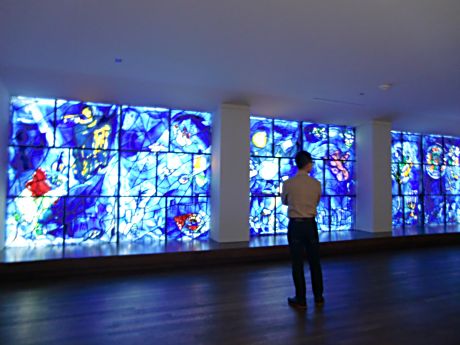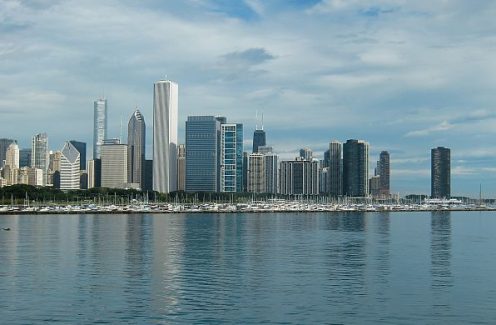
As a Chicago-based travel writer I’m constantly receiving notices of new hotels going up, remodeling taking place at older, established hotels and changes being made regarding check-in conveniences, a TV’s room information and hotel restaurant options.
They range from comparatively inexpensive to high end, large, convention-sized lobbies and meeting rooms to boutique size with small lobbies and little meeting space. And from casual, pick up and go breakfast bars to open-kitchen designed trendy-food emporiums.
There are about 25 ot choose from just in the Loop, another 13 hotels on and near the Mag Mile (Northern Michigan Avenue from the Chicago River to Oak Street (Oak is also considered the Gold Coast). Another 25 hotels are in the River North Area just west of Michigan Avenue.
All of that means Chicago visitors have an abundance of choices. Some travelers may consider that good news. Others might find it overwhelming. Fortunately, Choose Chicago, the city’s tourism website the hotel category is broken down by area type and other options.
But travelers should be aware that even when supposedly speaking the same language, hotel and room descriptions translate differently to listeners and speakers.
Having unpacked in all sorts of accommodations in the US and abroad, I have found that words such as roomy, with a view and convenient to sights and shopping, may mean one thing to a traveler and something different to hotel managers and public relations or sales agents.
I found out that a view of the Eiffel Tower in Paris or Lake Michigan in Chicago meant if you walked out onto the balcony and craned the neck you probably could glimpse the famed structure or crammed into a corner of the room and stood on tiptoe you could get a glimpse of Lake Michigan.
The big question is – are new and remodeled hotels meeting the needs and wants of business and vacation visitors today? The first quarter of the 21st century saw big changes in electronic communications and food and exercise trends.
Please give input in the comment area or send an email to jjtravelsmart@gmail.comof what you look for in a hotel. Email addresses will not be shared. Comments will be helpful when looking at other Chicago hotels.
The hotel series will look at new and updated downtown Chicago hotels starting with Aloft Chicago Mag Mile and Hotel Julian, two boutique hotels that opened in October 2018.
Aloft Chicago Mag Mile and Hotel Julian
If looking for a new boutique hotel that is near some of downtown Chicago’s sights you will find two excellent options in Aloft Chicago Mag Mile and Hotel Julian.
I liked them both for different reasons but what surprised me when visiting them when they opened was room size. They both were what people in real estate use when describing small houses – cozy.
Compared to some hotel rooms I’ve stayed at in good European hotels, the rooms probably could be described as spacious but Americans might describe them as efficient. The room sizes and accompanying narrow desk and closet space are following a trend I’ve noticed in other recently redeveloped Chicago buildings turned into hotels such as the London House.
What the two hotels lack in room size, and size is merely a judgment call, they make up in good vibes and good location.
Aloft Chicago Mag Mile
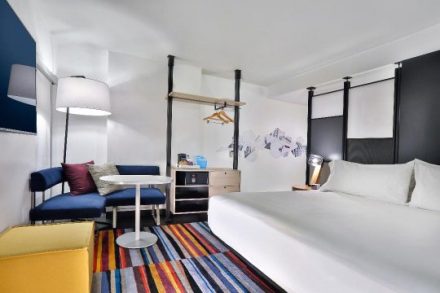
The hotel sits where the Museum of contemporary Art resided before it moved a few blocks north. It does not overlook Michigan Avenue in spite of its title but it is a few blocks east so is within easy walking distance of the Water Tower Place (indoor shopping mall), the John Hancock Building’s 360 Observation Floor, the Museum of Contemporary Art, Navy Pier (Includes Chicago Shakespeare Theater), Lookingglass Theatre and the Dreihaus Museum.
Restaurants of all cuisines and price points are also nearby.
For” time-out” from running around, the hotel has a pool, an airy fitness center that has two Peloton Bikes, a lobby where board games are set out ready to use and a bar where people in the neighborhood stop by.
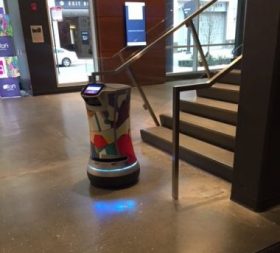
Chicago Mag Mile. (Photo by J Jacobs)
Its restaurant, Re:Fuel, is basically a pick-up and go type, self-serve food bar available 24-7 and WI-FI is free throughout the hotel. A hotel guest looked comfortable working on his lap top in the food bar area.
The vibe here is fun. Corrigan, a robot “bowtler” instead of a butler, mingles with lobby guests, tells jokes and when programed at the desk, delivers items to rooms upon request. there is also music on Friday and Saturday.
Visitors who appreciate modern art and good design that incorporates light and bright colors in halls, nooks, rugs and in room and lobby spaces will find this hotel to be a comfortable home while in the city. Aloft Chicago Mag Mile is at 243 E. Ontario St., Chicago, IL 600611
Hotel Julian
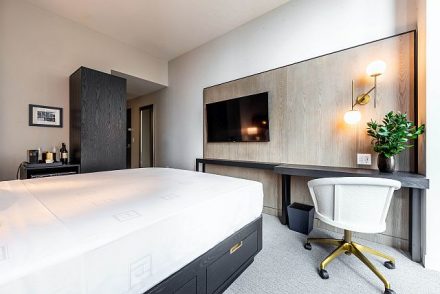
The hotel has moved into and risen in the historic Atlantic Bank Building on the west side Michigan Avenue just north of Millennium Park.
Designed by famed architect Benjamin Marshall and completed in 1916, it had just 12 of its originally planned 17 floors built.
Now, the Oxford Capital Group that recently redid the London House building as a hotel at Michigan Avenue and Wacker Drive, has beautifully redone the terra cotta clad structure and added five floors with floor to ceiling windows.
Confined by the building original bones, public and private spaces are narrow but from the gourmet “About Last Knife” dining space to the contemporary-designed rooms the descriptive word could be “sleek.” High ceilings make the rooms look and feel larger than they are. The fitness room is small but has a Peloton Bike.
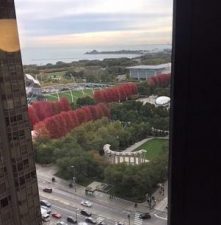
A side benefit of adapting needs to space is that instead of an ironing board rooms have steamers. In our family this means not having to hang clothes in the bathroom and turning the shower to hot.
Positioned in the market as a luxury hotel, it has Frette linen and robes and Panpuri bath products designed for the hotel.
Named for the patron saint of travelers, Hotel Julian is well situated for visitors who want to see the Art Institute of Chicago or Cloud Gate (The Bean) and activities in Millennium Park while in town.
It is also near the Theatre District’s shows at Goodman Theatre, Chicago Theatre and the Broadway in Chicago productions at the Ford Oriental Theatre, all a few blocks west of the hotel.
Hotel Julian is at 168 N. Michigan Ave., Chicago, Illinois 60601

